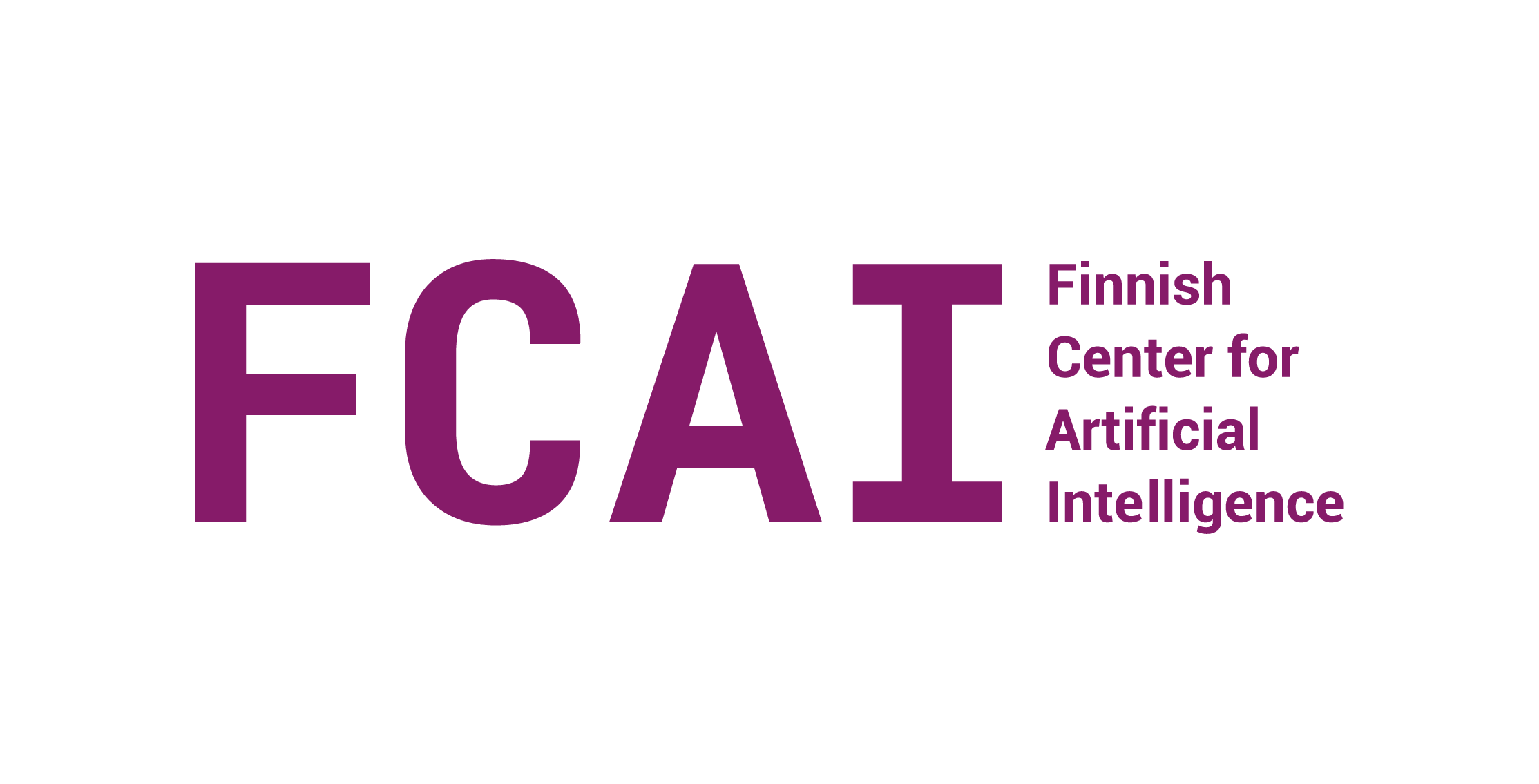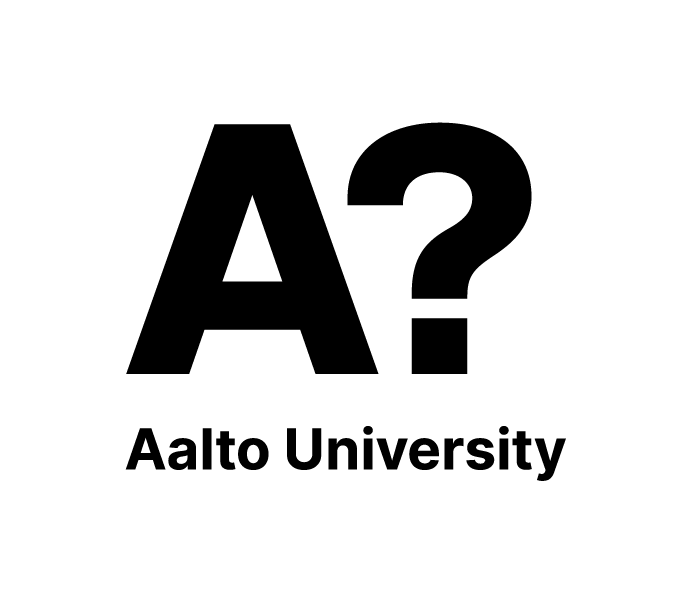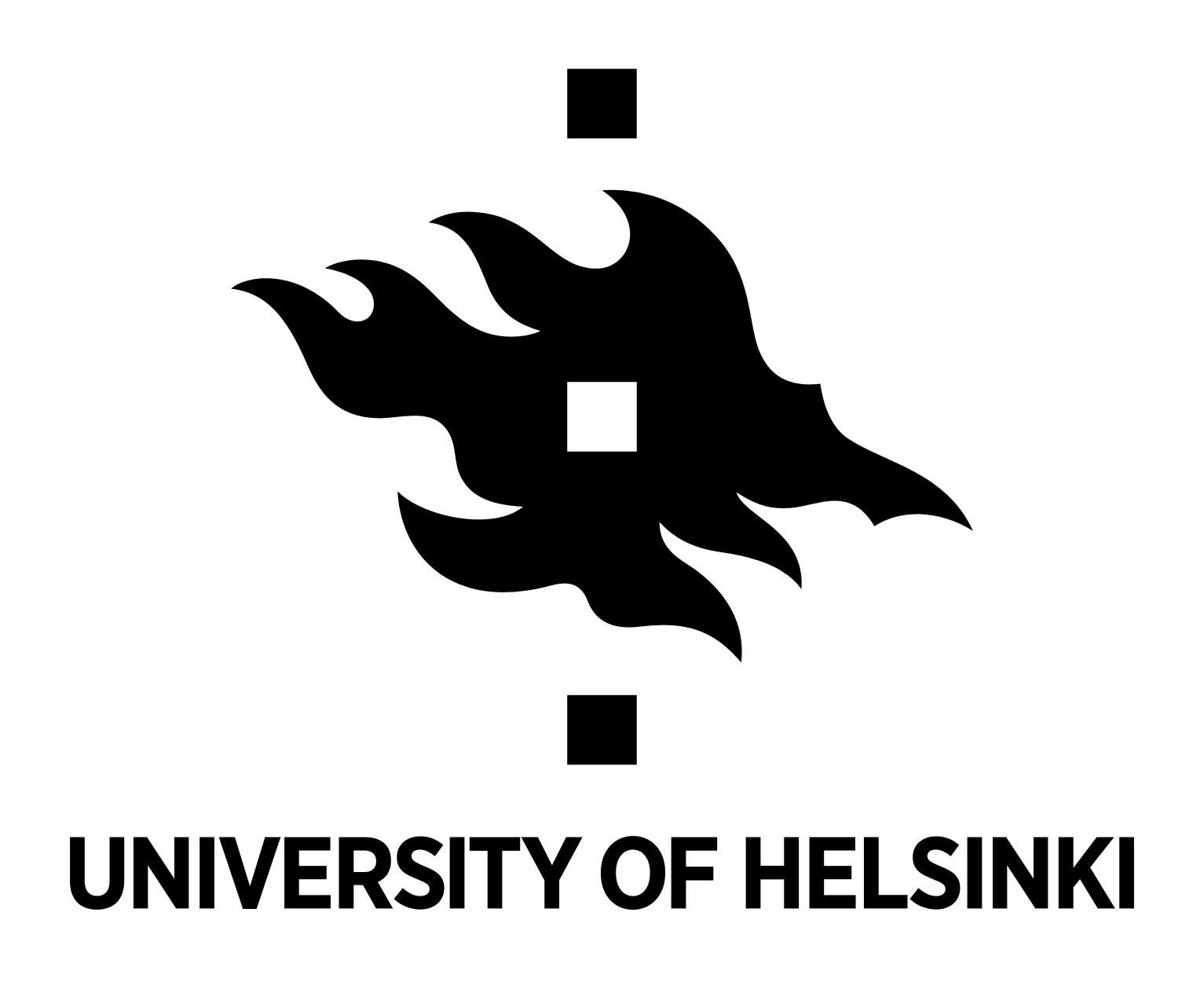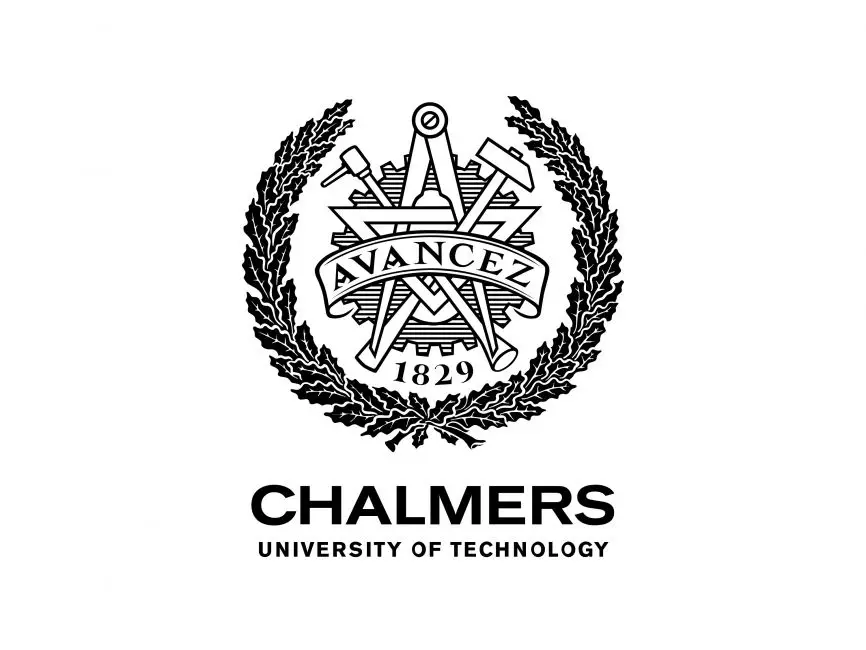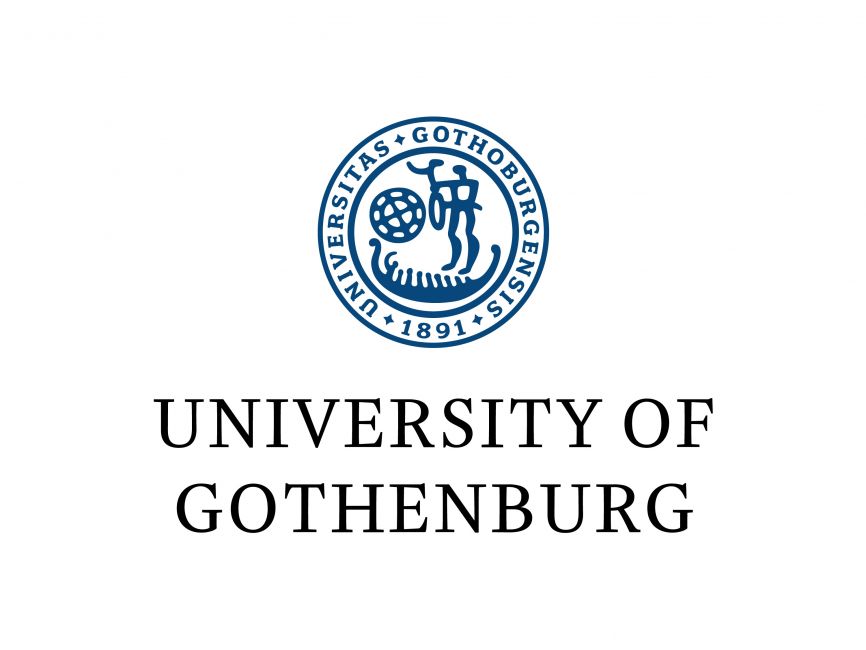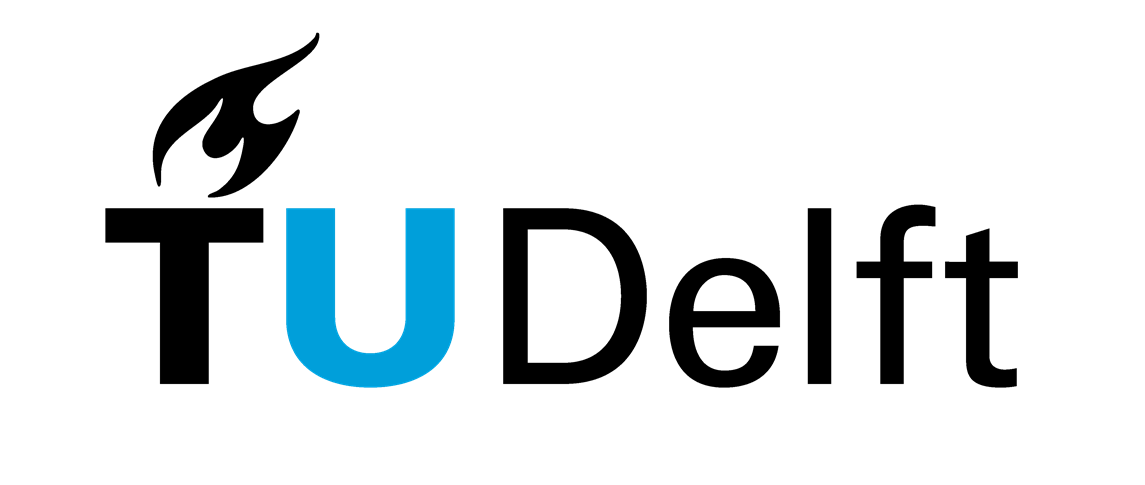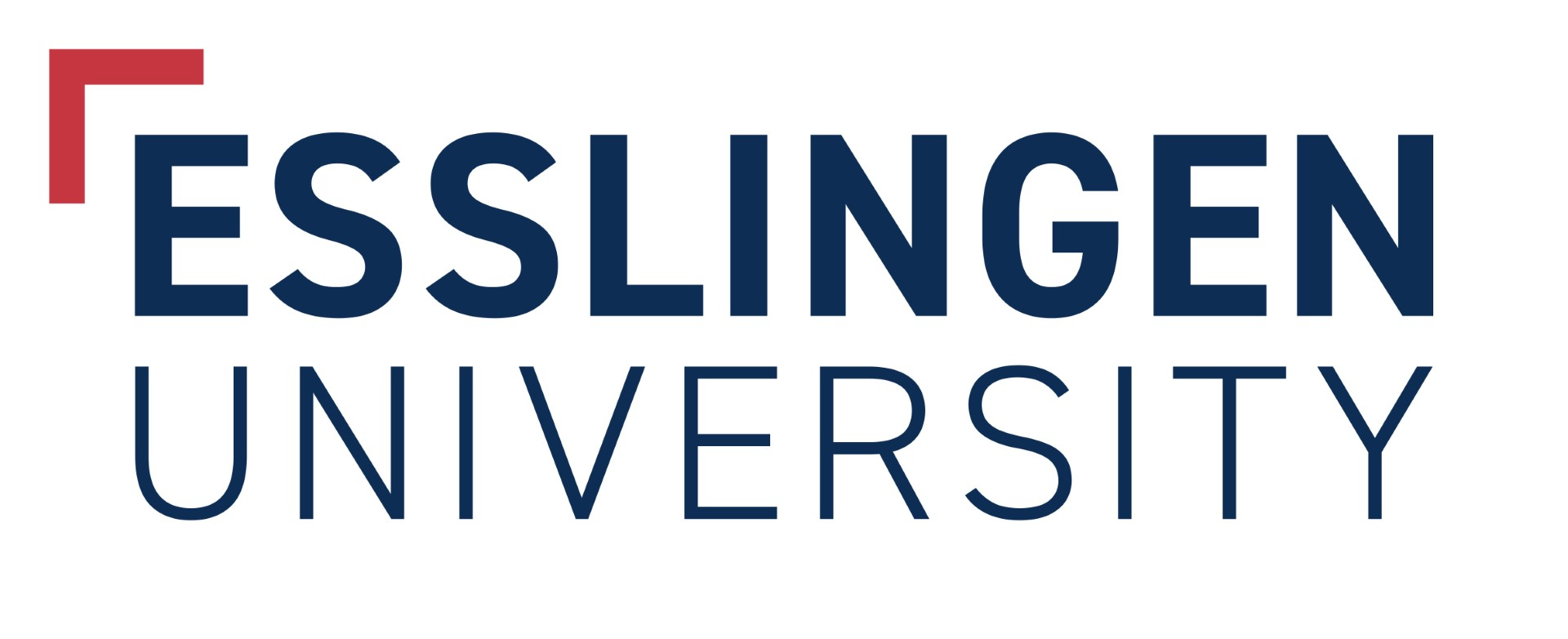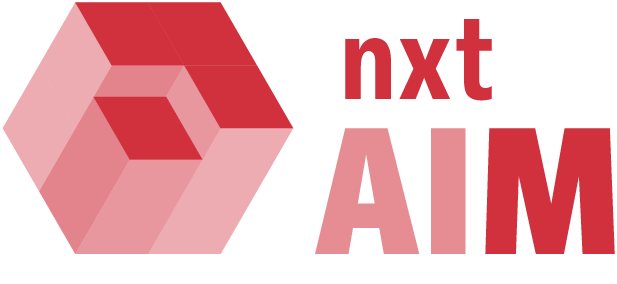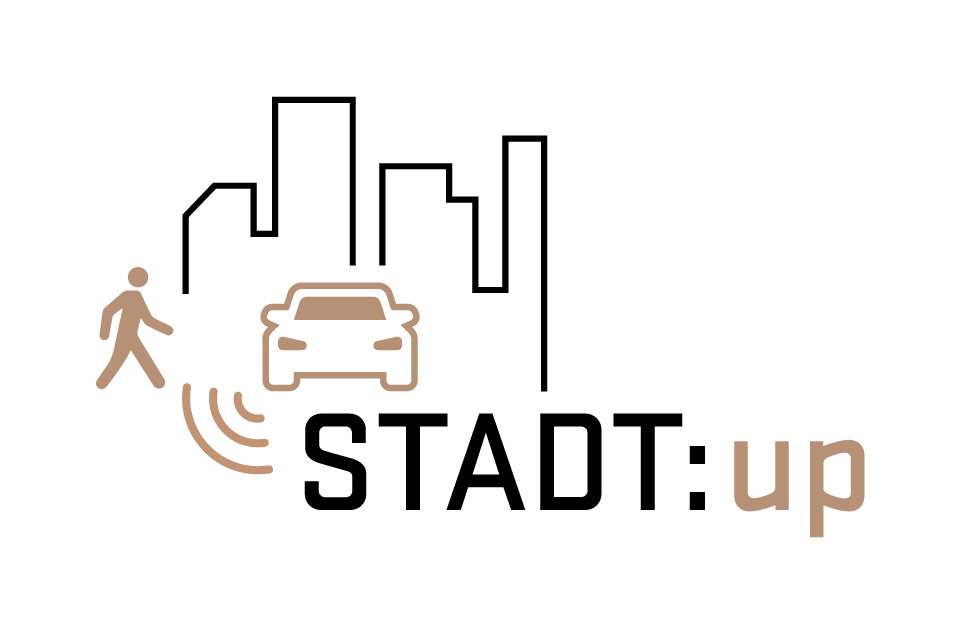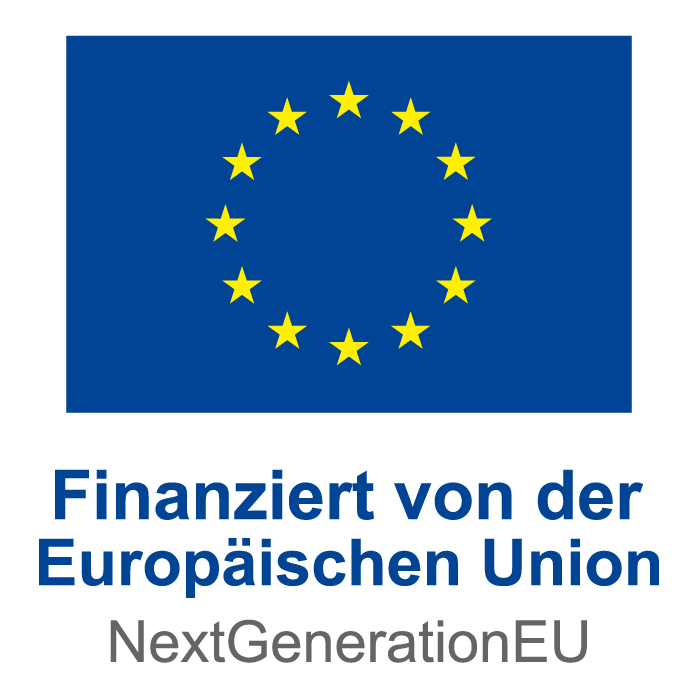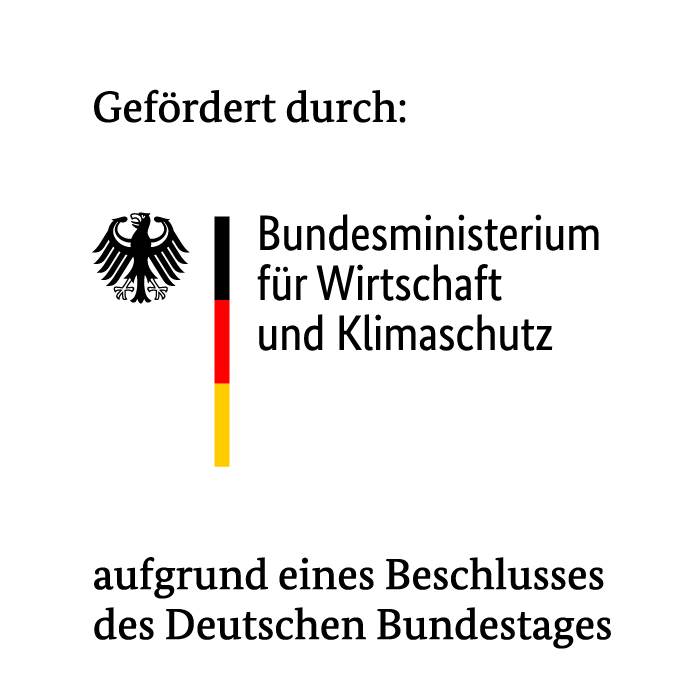Home
Welcome to the TRUST-AD IV Workshop 2025!
Modern AI techniques have propelled significant advancements in autonomous driving (AD), enabling systems to navigate complex environments with remarkable performance. However, these achievements are overshadowed by a critical limitation: the reliance on black-box models, which are opaque in their decision-making processes and challenging to validate. This lack of transparency hampers deployment, regulatory validation, and public trust, particularly in safetycritical applications. To address these challenges, there is an urgent need to integrate explainable AI, robust validation strategies, and generative data techniques into the development of AD systems.
This workshop brings together cutting edge approaches to transform black-box models into interpretable, trustworthy systems and tries to answer the following questions:
• How to reach safety and trustworthiness in AD using synthetic data and simulation?
• How can (generative) AI enhance explainability and interpretability?
• What is required to validate the generated data and embodied systems?
This workshop is partially based on the SAFE-DRIVE workshop.
Contact: trust.ad.workshop@gmail.com
Photos and Videos from the Workshop
Call For Papers
The following three topic clusters are in focus of TRUST-AD:
• Synthetic Data and Simulation:
Modeling and generation of data-driven traffic simulations,
realistic object behavior,
edge case scenarios and naturalistic driving environments;
bridging the simulation-reality gap;
• Explainable AI for Trustworthy and Transparent Systems:
Foundation models for safe autonomy;
reasoning and guidance with natural language;
object-centric world model representation;
human-AV interaction in mixed traffic;
behavior prediction and planning and its relevance for AV safety;
transferable and continuous driver behavior modeling;
explainable End-to-End models;
• Validation Frameworks and Regulatory Alignment:
quality of generated data;
simulation framework for mixedtraffic validation;
adversarial testing and validation frameworks;
alignment with regulatory requirements and public trust;
Keywords
Autonomous Driving, End-End Models, Generative AI, Explainable AI, AD Safety, Synthetic Data, Simulation, Trustworthy Systems, Validation Frameworks, Regulatory Alignment
Keynote Speakers
-

Gabriel Campos
Technical Expert on Precautionary Safety and Research Manager
Zenseact, Sweden -

Laura Ruotsalainen
Professor
University of Helsinki, Finland -

Ezio Malis
Research Director
Inria Sophia-Antipolis, France -

Per Nordqvist
Senior Test Engineer, Simulation
Outrider, Sweden
-

Abhinav Valada
Professor
University of Freiburg, Germany -

Amir Rasouli
Staff Engineer
Noah's Ark Laboratory, Canada -

Reza Azad
Deep Learning Engineer
Loxo -

Ehsan Malayjerdi
Simulation Developer
Volvo Autonomous Solutions, Sweden
Schedule
The workshop will take place on June 22nd, 2025. Preliminary schedule:
Submissions
Workshop Code for submission: TRUST-AD
Workshop Paper Submission deadline: 1st February 2025 at 23:59 Anywhere on Earth
Workshop Paper Notification of Acceptance: March 30, 2025
Workshop Final Paper Submission Deadline: April 25, 2025
Paper submission here.
FAQs
Q: Will there be archival proceedings?
A: Yes, All submitted manuscripts will be peer-reviewed and will be published in IEEE proceedings.
Q: Should submitted papers be anonymized or without authors names?
A: No.
Q: My paper contains ABC, but not XYZ, is this good enough for a submission?
A: Submissions will be peer-reviewed based on the information provided here.
Q: My question is not listed here. How can I contact you?
A: Please reach out to us at the email address trust.ad.workshop@gmail.com
and we'll be happy to answer any questions you have!
Q: Will the deadline for paper submission be extented?
A: We are afraid that all deadline are firm and will not be extended.
Q: What is the unique code for this workshop for submission?
A: The unique code for submitting the paper for this workshop is "TRUST-AD". More Information here.
Keynote Talks
Hybrid AI: Integration of Rule-Driven and Data-Driven Approaches for Safer Autonomous Driving
Ezio Malis (Inria Sophia-Antipolis)
The traditional methodology for developing intelligent autonomous vehicles involves a rule-based approach, which includes creating a global model of the system, defining task-specific rules, and designing robust sensor-based control laws. While effective in controlled environments, this approach is hampered by the complexity and dynamic nature of real-world environments due to the difficulty of capturing all the necessary rules and parameters in real time. Data-driven methods, particularly those using artificial neural networks, learn from examples rather than explicit rules, but face challenges in data availability and proving stability and robustness. Our methodology aims to combine the two approaches, creating hybrid AI systems that leverage the strengths of both approaches. The goal is to improve model fidelity with data-driven insights and to constrain data-driven methods with accurate model knowledge, thus ensuring theoretically proven stability and robustness in sensor-based control laws. This integration poses challenges, such as interpreting data-driven results to inform models and integrating rule-based knowledge into data-driven systems, which requires the development of new architectures and explainable AI. In this talk I will show how this methodology can be used to improve vision based vehicle localization for safer autonomous driving.
Scaling Multimodal Perception and Simulation for AD
Autonomous vehicles rely on multimodal perception to tackle the complexity and variability of real-world environments. Multimodality is essential for reaching state-of-the-art performance in automotive perception. In this talk, I will explore the challenges of scaling multimodal simulation, focusing on how synthetic data and advanced scene representations, such as NeRF- and Gaussian Splatting-based approaches, can accelerate the development of robust simulation solutions. I will also discuss strategies to bridge the real-to-sim gap, enabling the deployment of neural-based closed-loop simulation and virtual testing in automotive pipelines.
Learning the right things for robust and interpretable driving
Interpretability is crucial for evaluation, understanding, and trusting the performance of intelligent driving systems. What these systems learn and how they learn play an important role in making sense of their behavior. On one hand, the system can be explained by directly linking its performance to various elements of the task. One the other hand, the users' knowledge of the learning process can shape their expectations, and consequently, enhance their ability to interpret the systems' behavior. This talk will review works on context understanding and representation learning and how both can contribute to explainability of intelligent driving systems.
Abhinav Valada (Robot Learning Lab)
In this talk, I will present our efforts toward learning open-world robot autonomy, where reliability and robustness plays a crucial role. I will discuss our recent advancements in leveraging foundation models and continual online learning to commonsense reasoning through language and vision.
Spatiotemporal Machine Learning for Safe, Equitable, and Environmentally Sustainable Autonomous Driving
Laura Ruotsalainen (University of Helsinki)
We present machine learning approaches that advance the safety, equity, and sustainability of autonomous driving in complex real-world settings. Central to our work is a multi-objective hierarchical reinforcement learning framework (MOHRL-ci) designed for urban-scale optimization of traffic flow, air quality, and livability. We also apply multi-objective reinforcement learning to infrastructure-level planning tasks, such as electric vehicle charging station placement and autonomous car sharing, both aimed at reducing CO₂ emissions and promoting low-carbon mobility systems. Complementing this, we develop uncertainty-aware transformer models to mitigate GNSS interference, enhancing navigation reliability under adverse conditions, a safety-critical component for autonomous vehicles. Together, these contributions provide a cohesive foundation for autonomous driving systems that are not only technically capable, but also socially and environmentally aligned.
Accelerating AV V&V: A SIL-Based Automated Platform
Ehsan Malayjerdi (Volvo Autonomous Solutions)
SIL-Based Automation: Streamlining AV V&V through automated Software-in-the-Loop testing
Scalable and Cost-Efficient: Enabling efficient testing of complex AV systems at reduced costs
Safety and Compliance: Ensuring AV safety and regulatory compliance through rigorous testing
Data-Driven Insights: Leveraging test data for continuous improvement and informed decision-making
Simulation for AD - Escape from reality
Abstract TBA
End-to-End Learning for Autonomous Driving: Opportunities and Real-World Challenges
End-to-end learning is redefining the landscape of autonomous driving by enabling systems to learn complex driving behaviors directly from sensor data using deep neural networks. This approach removes the need for traditional modular pipelines—such as perception, prediction, and planning—offering a more unified and potentially more scalable solution.
Yet, transitioning from research prototypes to real-world autonomous systems reveals critical challenges, particularly in data. High-quality, diverse, and representative data is essential to ensure robust model performance. However, data collection at scale is expensive and often biased toward common scenarios, leaving rare and safety-critical edge cases underrepresented. Such biases can lead to network overfitting, poor generalization, and unpredictable behavior in novel environments.
This keynote highlights the central challenges facing end-to-end autonomous driving and presents current strategies to address them. A key focus will be on understanding and managing model uncertainty—an essential component for building systems that are not only robust but also trustworthy in unstructured and dynamic environments. Additional topics include advanced data augmentation techniques to enrich scenario diversity and improve resilience in underrepresented conditions.
Drawing from both academic research and operational deployments, the talk outlines a path forward for developing safe, scalable, and data-efficient end-to-end autonomous driving technologies.
Accepted Papers
Automatic Curriculum Learning for Driving Scenarios: Towards Robust and Efficient Reinforcement Learning
Ahmed Abouelazm, Tim Weinstein, Tim Joseph, Philip Schörner, Marius Zöllner
This paper addresses the challenges of training end-to-end autonomous driving agents using Reinforcement Learning (RL). RL agents are typically trained in a fixed set of scenarios and nominal behavior of surrounding road users in simulations, limiting their generalization and real-life deployment. While Domain Randomization offers a potential solution by randomly sampling driving scenarios, it frequently results in inefficient training and sub-optimal policies due to the high variance among training scenarios. To address these limitations, we propose an automatic curriculum learning framework that dynamically generates driving scenarios with adaptive complexity based on the agent’s evolving capabilities. Unlike manually designed curricula that introduce expert bias and lack scalability, our framework incorporates a ”teacher” that automatically generates and mutates driving scenarios based on their learning potential—an agent-centric metric derived from the agent’s current policy, eliminating the need for expert design. The framework enhances training efficiency by excluding scenarios the agent has mastered or finds too challenging. We evaluate our framework in a reinforcement learning setting where the agent learns a driving policy from camera images. Comparative results against baseline methods, including fixed scenario training and domain randomization, demonstrate that our approach leads to enhanced generaliza- tion, achieving higher success rates, +9% in low traffic density, +21% in high traffic density, and faster convergence with fewer training steps. Our findings highlight the potential of ACL in improving the robustness and efficiency of RL-based autonomous driving agents
A Quasi-Steady-State Black Box Simulation Approach for the Generation of G-G-G-V Diagrams
Frederik Werner, Simon Sagmeister, Mattia Piccinini, Johannes Betz
The classical g-g diagram, representing the achievable acceleration space for a vehicle, is commonly used as a constraint in trajectory planning and control due to its computational simplicity. To address non-planar road geometries, this concept can be extended to incorporate g-g constraints as a function of vehicle speed and vertical acceleration, commonly referred to as g-g-g-v diagrams. However, the estimation of g-g-g-v diagrams is an open problem. Existing simulation-based approaches struggle to isolate non-transient, open-loop stable states across all combinations of speed and acceleration, while optimization-based methods often require simplified vehicle equations and have potential convergence issues. In this paper, we present a novel, open-source, quasi-steady-state black box simulation approach that applies a virtual inertial force in the longitudinal direction. The method emulates the load conditions associated with a specified longitudinal acceleration while maintaining constant vehicle speed, enabling open-loop steering ramps in a purely QSS manner. Appropriate regulation of the ramp steer rate inherently mitigates transient vehicle dynamics when determining the maximum feasible lateral acceleration. Moreover, treating the vehicle model as a black box eliminates model mismatch issues, allowing the use of high-fidelity or proprietary vehicle dynamics models typically unsuited for optimization approaches. An open-source version of the proposed method is available at: https://github.com/TUM-AVS/GGGVDiagrams
Safer and Trustworthier Navigation of Automated Vehicles
We propose a novel approach for the safer and trustworthier navigation of automated vehicles, which uses risk estimations for predicting vehicle trajectories and generates navigation instructions for these trajectories. To increase the reliability of instructions, we first use the latest YOLO11 model and adapt images from the KITTI dataset to include rain, fog, and evening effects, such as low lighting and high darkness, and, then, we train the model on the modified images to make it more robust to scene changes due to such weather and evening conditions. For this more robust model, we give functions that assign risk estimations to images taken from cameras associated with nodes in road networks. Based on these risk estimations, we give algorithms for the dynamic navigation of automated vehicles along network trajectories of low risk. In cases where risk estimations at network nodes and in network paths are too high, we give methods that produce human-interpretable explanations of these risk values and recommend driving instructions. Overall, our research generally facilitates the road integration and social adoption of automated driving.
Organizers
-

Shoaib Azam
is a Postdoctoral Scholar at Aalto University & Finnish center for Artifical Intelligence, Finland.
-

Beatriz Cabrero-Daniel
is a postdoctoral researcher in the University of Gothenburg and Chalmers Institute of Technology focusing on virtual toolchains for verification and validation of autonomous driving functions.
-

Tsvetomila Mihaylova
is a Postdoctoral Scholar at Aalto University, Finland.
-

Stefan Reitmann
is a research fellow at Lund University, Sweden.
-

Yuchen Liu
is a PhD student at the Chair of Ergonomics at the Technical University of Munich, focusing on socio-technical interactions between pedestrians and automated vehicles.
-

Markus Enzweiler
is a Professor of Autonomous Mobile Systems and a Director of the Institute for Intelligent Systems in Esslingen University of Applied Sciences, Germany
-

Katharina Winter
is a Research Assistant at the Intelligent Vehicles Lab and a PhD candidate at Munich University of Applied Sciences. Her research focuses on trajectory planning with LLMs.
-

Fabian Schmidt
is a Research Assistant at the Institute for Intelligent Systems at Esslingen University and a PhD candidate at the University of Freiburg, focusing on visual localization and LLM-based decision-making for autonomous systems.
-

Fabian Flohr
is a full professor of machine learning at the Munich University of Applied Sciences where he is leading the Intelligent Vehicles Lab.
-
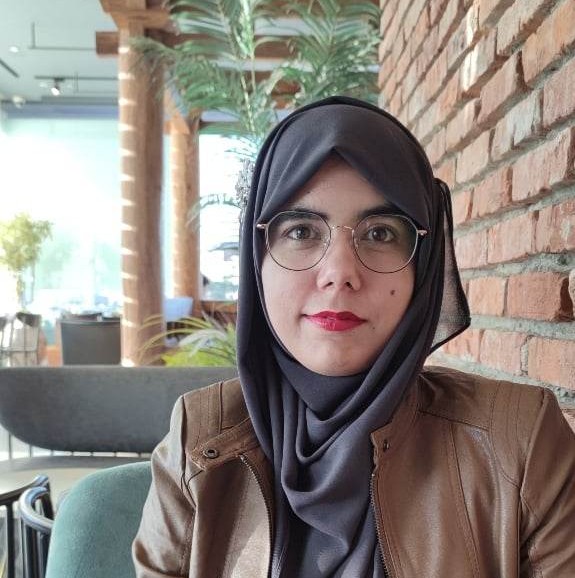
Farzeen Munir
is a Postdoctoral Scholar at Aalto University & Finnish center for Artifical Intelligence, Finland.
-

Julian Kooij
is an Associate Professor in the Intelligent Vehicles group, part of the Cognitive Robotics department of TU Delft, The Netherlands.
-

Mazen Mohamad
is a researcher in the research institute of Sweden, Sweden’s research institute and innovation partner.
-

Mohan Ramesh
is a Research Assistant at the Intelligent Vehicles Lab and a PhD candidate at Munich University of Applied Sciences. His research focuses on synthesising human motion and behaviour for autonomous driving applications.
-

Erik Schütz
is a Research Assistant at the Intelligent Vehicles Lab and a PhD candidate at Munich University of Applied Sciences. His research focuses on trajectory prediction for vulnerable road users.
-

Peter Pinggera
is a System Architect at Zenseact, where he is working on bringing safe ADAS and AD systems into production.
